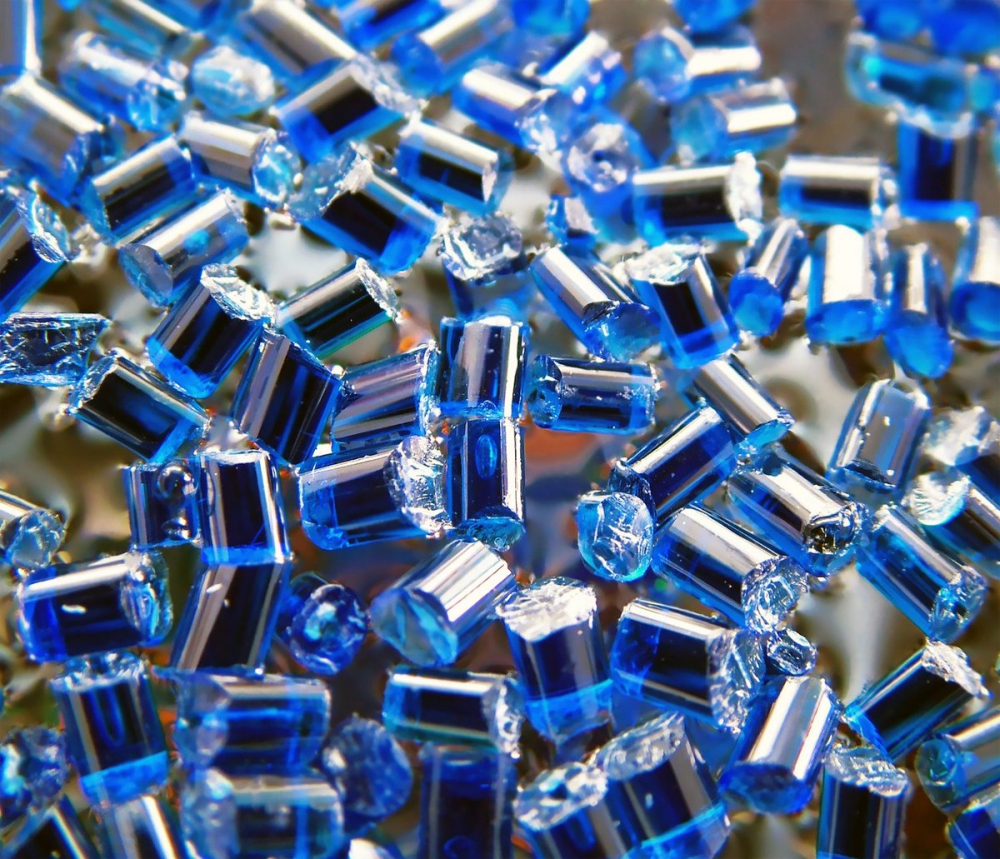Bell Rıngs, Round Starts
Day by day, thermoplastics are on the way to becoming the new raw material for products normally manufactured from metal. How do plastics fight metals? Some tests have been made between thermoplastic composites and AINSI 1141 cold steel. The highest composite wear factors (largest wear) resulted in the softest product range (8-12 µin) of metal surfaces. Contrary to what can be expected intuitively, this result begins with the bonding of metal / plastic combinations to the adhesion and deformation mechanism. 12 to 16. The range has given the lowest wear factor, 50 to 70 µin. The surface finishing range has often arisen for many composite intermediate wear factors. The non-reinforced components were excluded from the test.
PTFW-lubricated, glass-fiber reinforced polycarbonate is the only material that experiences an increase in surface roughness when tested against a steel face. The surface roughness of other plastic composites was reduced to one-eighth in the same test. In any case, the metal surface became rough.
Getting Worn
The abrasion behavior of thermoplastic composites as a function of the coating of stainless steel and brass surfaces was tested at only two metal roughnesses instead of three. As expected, the wear factors of all composites increased when the roughness of the 304 stainless steel face in the matchings was increased in the range of 8 to 16 µ. The friction coefficients, however, tend to fall as the roughness of the matching metal counter face increases.
Wear Factors
The abrasion factors and wear matches of the plastic composites were expected to be more durable than the 440 stainless type steel, with friction coefficients generally compared with 304 type steel. The material 440 had a higher wear factor than the material 304, because the material hardening occurs as a result of the material wearing.
However, brass samples wear eighty times faster than stainless steel when paired with glass fiber or carbon fiber reinforced composites. PTFE lubricated nylon 6/6 and PTFE lubricated, aramid fiber reinforced nylon 6/6 composites surprisingly reduced wear on brass samples. However, recent surface tests of some samples have shown that similar wear matches are four times rougher than that of stainless.
Compared to other metal polishes, those on the opposite surfaces of aluminum alloy 2024 proved to have a narrower tolerance range. There were acceptable wear factors for plastic composites. The lowest wear rate was between 12 and 16 µ.
PTFE
PTFE lubricated non-reinforced nylon 6/6 and PTFE lubricated, aramid fiber-reinforced nylon 6/6 composite provided the lowest wear rates in any coupling containing aluminum alloy. However, all of the plastic composites tested against aluminum have higher wear factors, wear factors for steel, stainless steel or brass. Excessive wear has been observed in phosphorus and bronze faces, but successful results have been achieved in all thermoplastic composites, except those tested with the same two PTFE-lubricated formulations.
Wear Behavior of Fluoropolymer Based Composites
PTFE composites containing inorganic fillers, such as graphite powder, coke flour and ground glass fiber, provided higher wear resistance compared to steel and lower wear at surface matching. PTFE composites containing PPS, polyoxybenzoate and aromatic reinforcing polymer (ARP) organics show similar wear results when working against steel and aluminum. In all fluoropolymer composites, friction coefficients are higher than aluminum versus steel.



